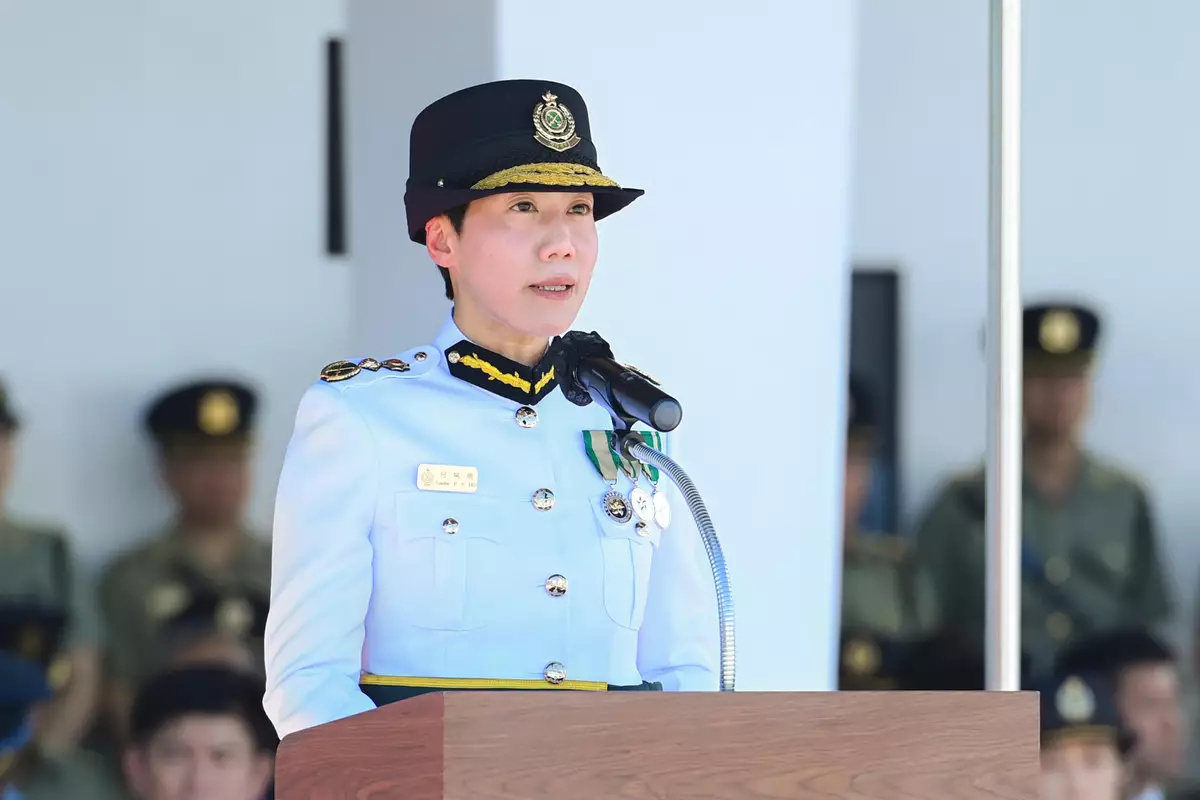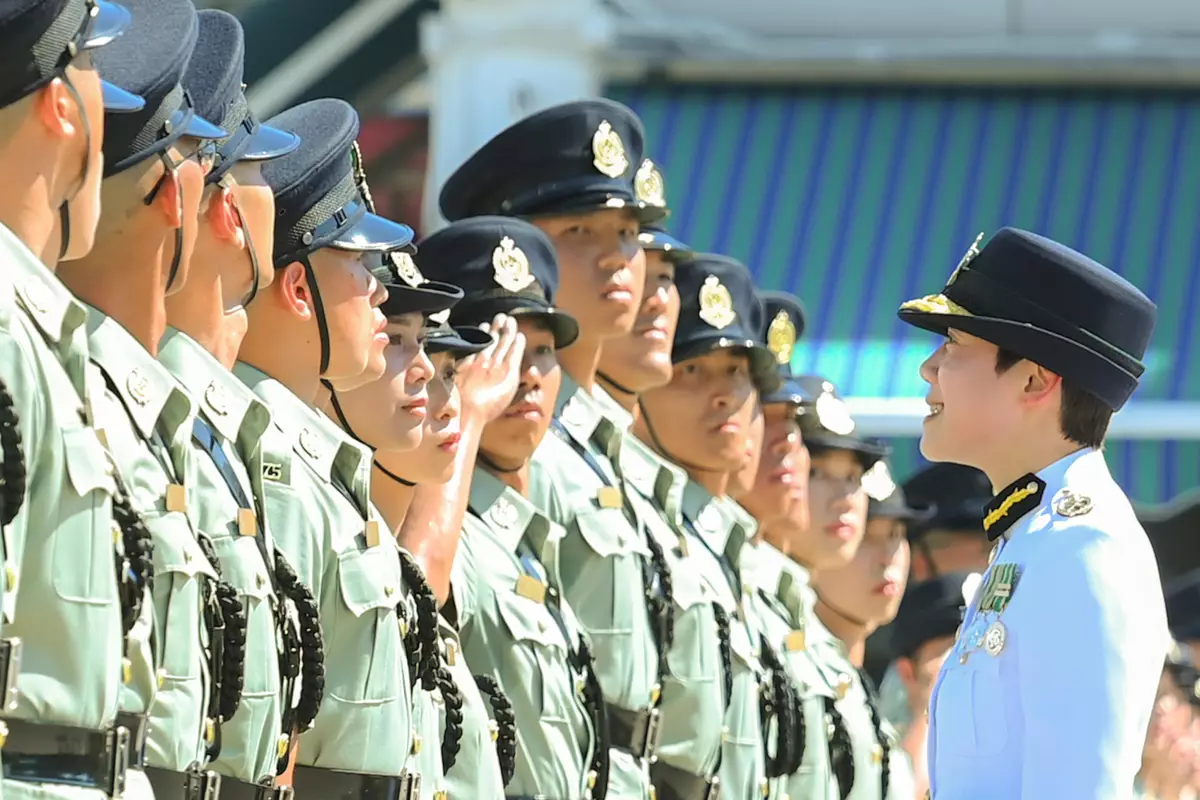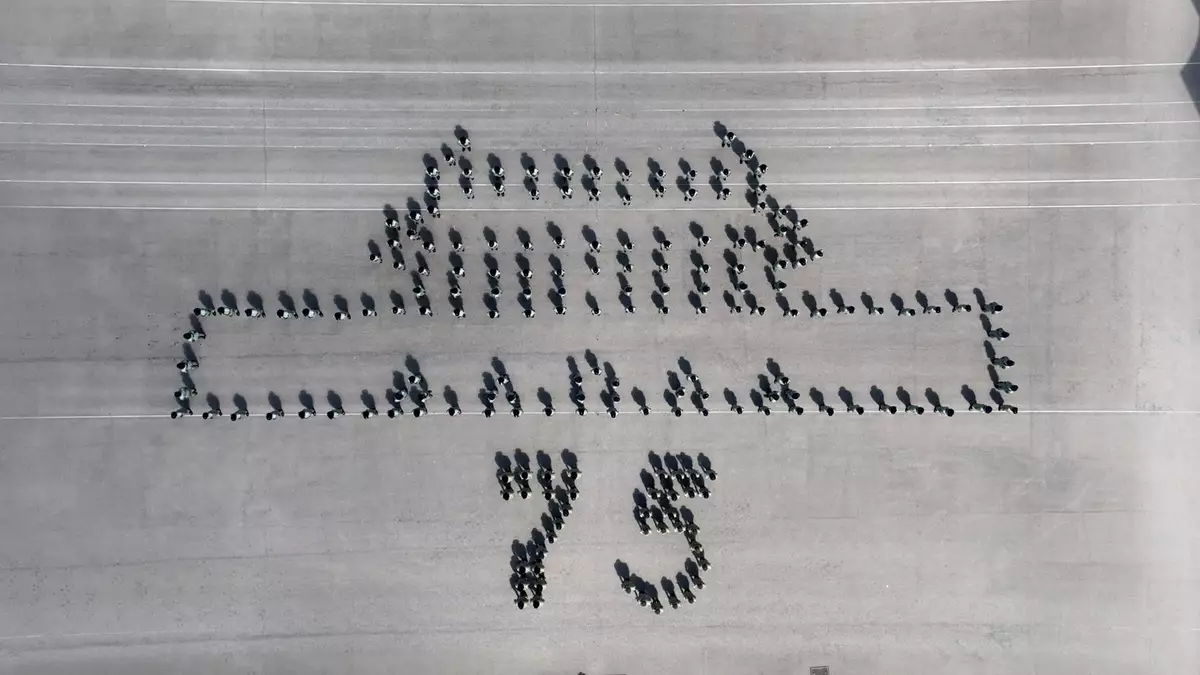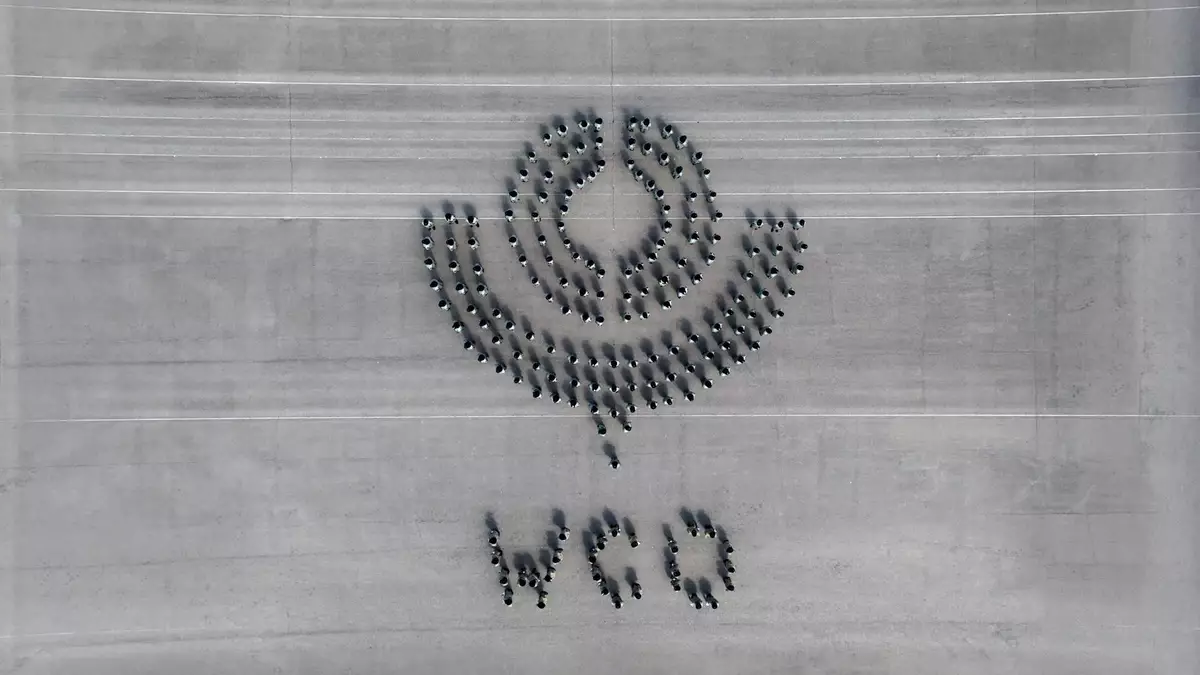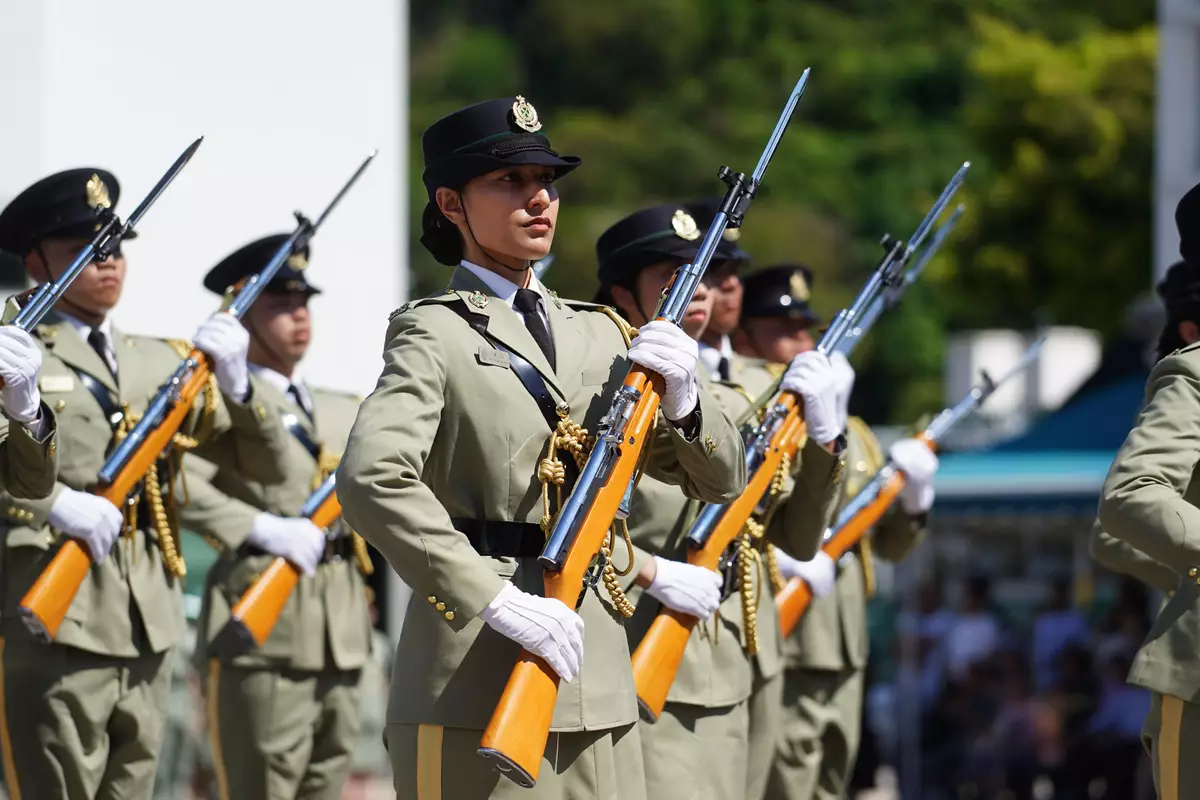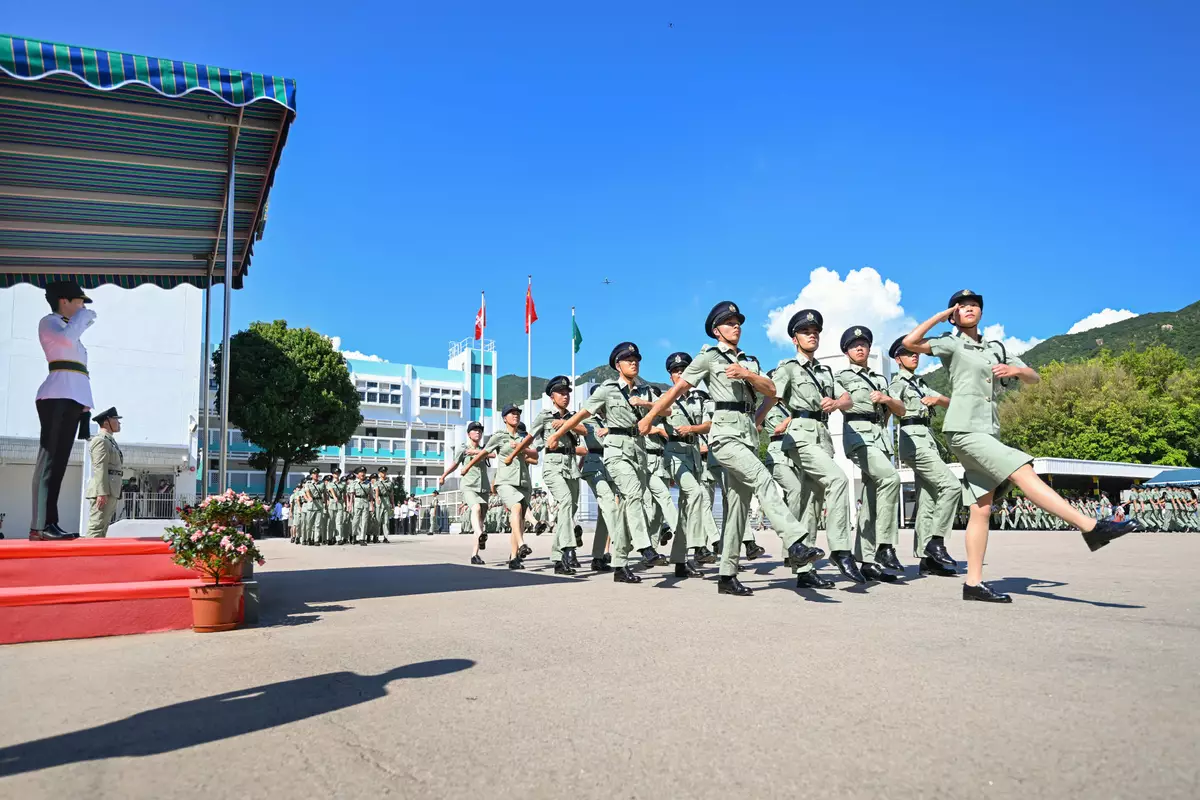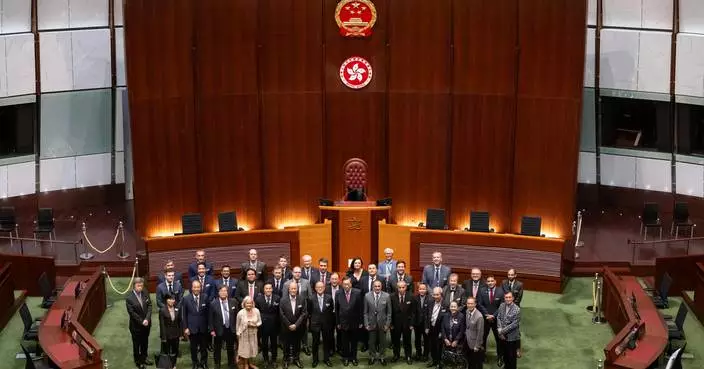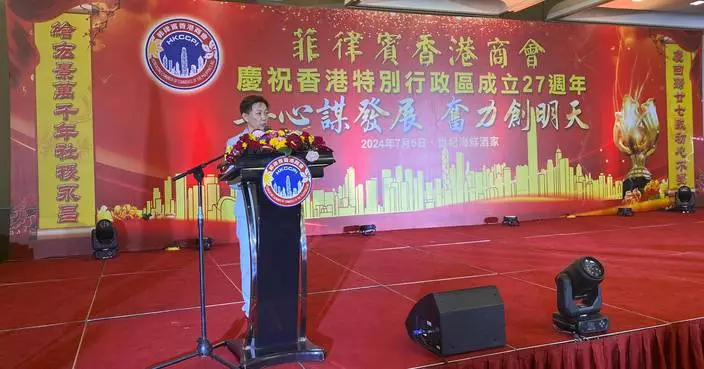Government takes steps to support immersive arts industry in hong kong through venue development and technology integration
Following is a question by the Hon Kenneth Leung and a reply by the Secretary for Culture, Sports and Tourism, Mr Kevin Yeung, in the Legislative Council today (July 3):
Question:
It is learnt that various kinds of immersive arts, cultural and recreational activities have emerged around the world in recent years, including a blend of scenography and technology to enhance audience engagement and interaction. However, some industry players have relayed that the development of the immersion industry has been hindered due to a lack of suitable venues for immersive performances (e.g. black box theatres) in Hong Kong, coupled with the fact that some private properties such as industrial buildings can hardly serve as venues for exhibitions and performances. In this connection, will the Government inform this Council:
(1) of the total number of applications received by the authorities for redevelopment and wholesale conversion of industrial buildings since the Revitalisation Scheme for Industrial Buildings was reactivated in 2018, and the area of the additional venues used for arts and cultural or sports and recreational purposes as a result of the Scheme;
(2) as it is learnt that many immersive arts, cultural and recreational activities have a quota on the number of participants, whether the authorities will consider including small-scale exhibitions and performances as permitted uses under the arrangement for the relaxation of waiver application for existing industrial buildings (on the premise that such activities comply with the safety requirements), so as to provide more room for operation of the arts and cultural sector as well as the creative industries; and
(3) as it is learnt that immersive arts, cultural and recreational activities are well received by members of the public, whether the authorities have put in place measures to encourage and facilitate the formation of new industries by such activities; if so, of the details of the relevant software and hardware support facilities (e.g. venues, techniques and talent training); if not, the reasons for that?
Reply:
President,
With regard to the Hon Kenneth Leung's question, after consulting the Development Bureau, the reply is provided as follows:
(1) The Government reactivated the Revitalisation Scheme for Industrial Buildings in 2018 mainly to make more effective use of existing industrial buildings to optimise the use of precious land resources, and to address fire safety and unauthorised use issues more effectively.
On the redevelopment of industrial buildings, Development Bureau's policy is to allow relaxation of the maximum permitted non-domestic plot ratio up to 20 per cent to provide incentives to promote the redevelopment of industrial buildings. As at end June 2024, the Town Planning Board approved 71 applications for relaxation of plot ratios for redevelopment of industrial buildings, which are expected to provide about 1.5 million square metres of new commercial or industrial floor space upon completion. Among them, the commercial floors space of redeveloped industrial buildings can also be used for arts and cultural purposes or as places of recreation, sports and entertainment, etc. However, the final use of the floors is a commercial decision of the owners concerned, and the Government does not have a breakdown of the amount of floor area of redeveloped industrial buildings used for arts and cultural purposes or as places of recreation, sports and entertainment.
For wholesale conversion of industrial buildings, the Development Bureau will exempt waiver fees on the condition that not less than 10 per cent of the floor area of the converted industrial building will be used for purposes designated by the Government (e.g. arts and cultural studios, incubators for innovation and technology start-ups). As at end June 2024, the Lands Department has received nine applications for wholesale conversion of industrial buildings. Among the approved applications, the proposed uses of the two converted buildings include non-industrial uses such as offices, restaurants, recreational, sports and cultural venues, and the total gross floor area involved is about 15 000 square metres, of which 10 per cent (about 1 500 square metres) is required to be used for government-designated uses (including arts and cultural studios).
(2) At present, industrial building owners may redevelop or convert their industrial buildings for non-industrial uses through the two measures mentioned in the first part of the reply. However, the Government also understands that some industrial buildings may not be able to be redeveloped or converted due to reasons such as fragmented ownership. In response to the community's demand for safe and lawful use of industrial building units, and to meet the changing social and economic needs of Hong Kong and optimise the use of valuable land resources, the Government will therefore exercise discretion to allow the co-existence of industrial and non-industrial uses. Specifically, without prejudice to public safety and provided that the use concerned is one of the uses always permitted in respect of the site as specified in the Outline Zoning Plan, the units of an industrial building may be used for the five specified non-industrial uses, which include "Art Studio", "Office (Design and Media Production)" (Note 1) , without requiring the owners to apply for a short-term waiver from the Lands Department and pay waiver fees. However, as the industrial building itself is supposed to be used for industrial purposes, the risk of fire and other accidents involved is relatively higher. Therefore, in view of public safety considerations, the uses covered by the above relaxation measures do not include any uses or activities that directly provide services or goods to attract public visits, such as public performances, operation of interest classes, exhibitions and sales activities.
(3) Nowadays, it is popular to incorporate elements of immersive experience into arts and cultural activities through the use of technology such as digital technology and simulation of the environment, to allow participants to be immersed in a certain scene or scenes with different senses. The Leisure and Cultural Services Department (LCSD) also organises activities that incorporate immersive experiences from time to time. For example, the large-scale outdoor art project "Art@Harbour" has been organised since 2022. Multiple outdoor art installations and digital art façades featuring the integration of art, science, and technology are displayed on both sides of the Victoria Harbour, offering the public new interactive experiences in art appreciation. The outdoor exhibition "teamLab: Continuous" under "Art@Harbour 2024" made good use of outdoor space and the view of the Victoria Harbour. The artwork triggered a mesmerising display of kaleidoscopic colours and soothing soundscapes through participants' interaction, bringing an immersive sensory experience for the public through digital technology.
The Government has been promoting the application of technology in arts and cultural creations through different policies and resources, and supports the integration of arts and technology to provide audiences with immersive experiences. The Government allocated $30 million in the 2022-23 Budget to launch an Arts Technology Funding Pilot Scheme to encourage the nine major performing arts groups to further explore the application of arts technology in their stage productions and presentations, bringing a richer experience to the audiences. In addition, the Arts Capacity Development Funding Scheme has introduced the arts technology category in 2021-22 to encourage the application of technology in various arts projects. An example is a project with veteran Cantonese opera artist Yuen Siu-fai singing nan-yin, with the integration of immersive projection techniques, computer special effects, animation, and AI technology, etc, to tell the stories of Hong Kong history from 1841 to 1997.
The Government also provides facilities for the development and application of arts technology at its venues and has earmarked $70 million for upgrading the performance venue equipment of the LCSD, so that arts groups can better use technology to enhance audiences' experiences.
The East Kowloon Cultural Centre (EKCC) under the LCSD will become a major arts technology venue and incubator. It is equipped with the latest stage equipment and systems as well as a testbed studio called "The Lab", which provides a platform and a base for arts practitioners and technology professionals for experimentation to facilitate their research and development on the application of arts technology.
The Government has set up the EKCC Academy for Arts Technology to provide structured trainings for nurturing talent and produce a wide range of arts technology programmes, fostering exchange and collaboration between artists and technology professionals, at the same time expanding the audience base. The first batch of Arts Tech Trainees has reported duty in February this year and are expected to join the workforce in early 2026, so as to meet the great demand.
The Government will continue to welcome and support more immersive arts and cultural activities to be held in Hong Kong through first-class venues as well as hardware and software support facilities.
Note 1: The remaining uses are "Offices (Audio-visual Recording Studio)", "Office (used by "specific creative industries" including design and media production companies, printing and publishing, film companies and industry organisations related to the film industry), as well as "Research, Design and Development Centre".

Source: AI-generated images




